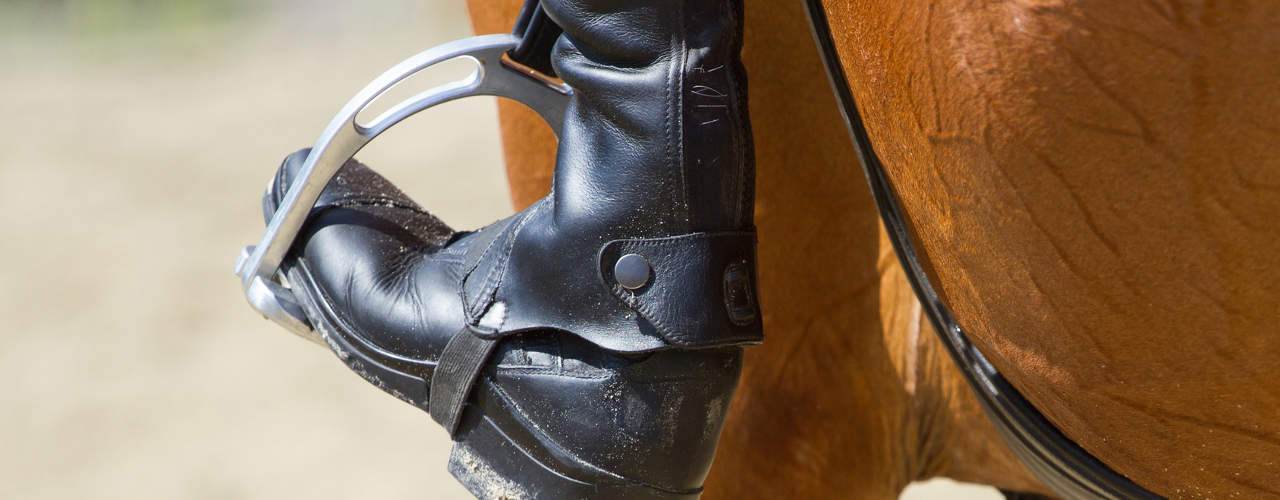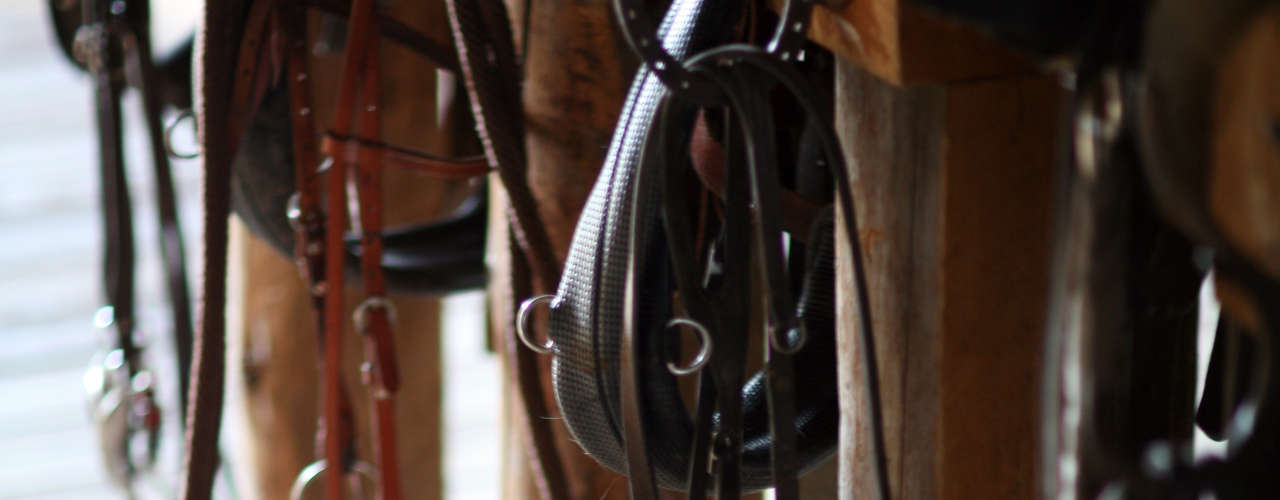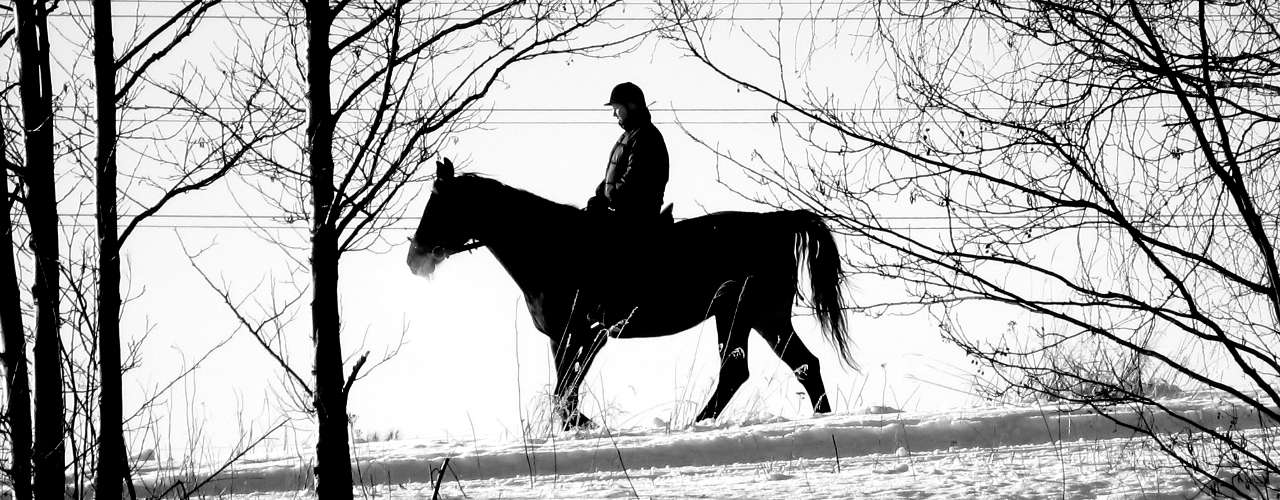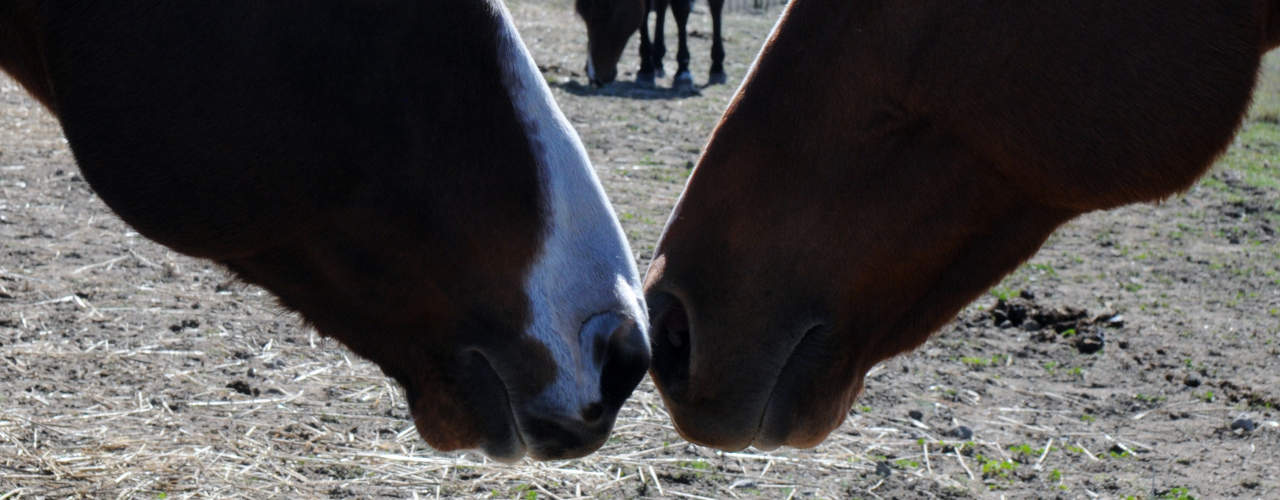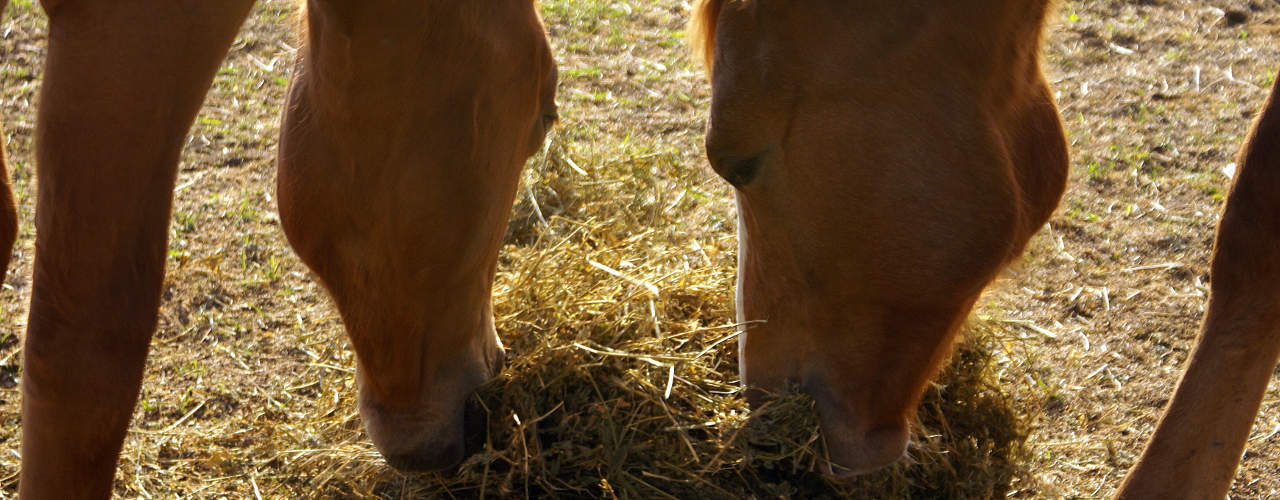How to choose the perfect bit for your horse
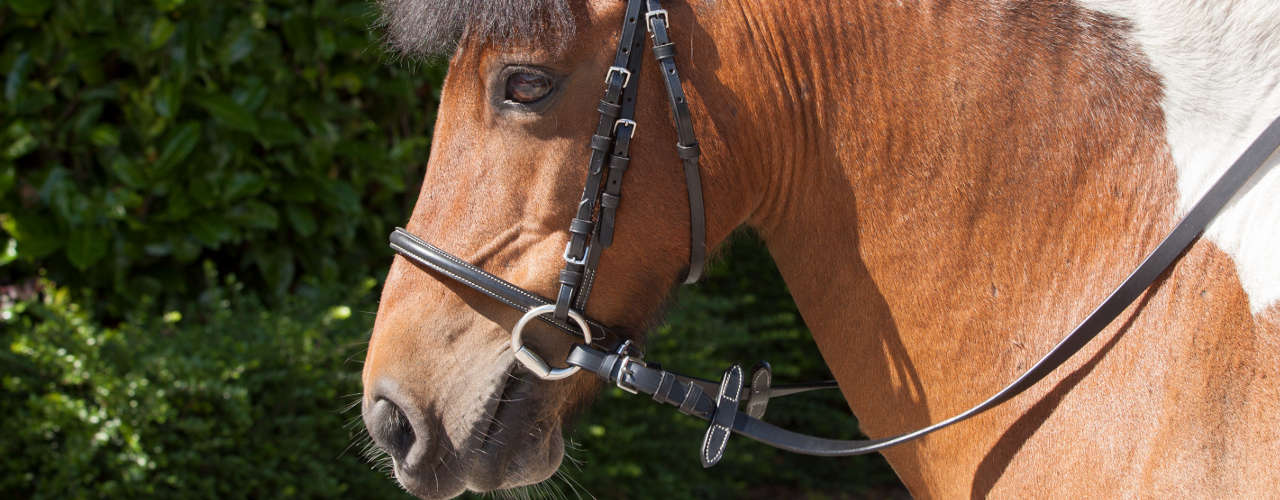
When it comes to bitting your horse, working your way through your options can be an absolute minefield. There are so many brands, styles and variations on them that finding the right combination can be tricky, even if you’re an experienced horse owner. So, Mullen mouth or French link, loose ring snaffle or full cheek? Here’s how to decide…
1. What's a bit actually for ?
The bit and bridle are the tools used by the rider to communicate with the horse. By having a clear understanding of the bitting pressure points, how the different families of bits use these, and the resulting reaction by the horse can greatly benefit you in selecting the right bit for what you're trying to achieve. It's also worth remembering that it's not just the design of the bit that defines how strong or severe the bit is but also the signals you give through the reins. Also bear in mind that your horse's conformation, age, stage of training, work, stable management and your ability as a rider are all contributing factors when selecting the correct bit.
2. Families of Bitting
There are many different designs of bit but they can almost all be placed into one of five families of bitting, each defined by how the mechanics (action) of the bit works, the pressure points that it uses and the probable reaction of the horse.
| BIT FAMILY | SNAFFLE | CURB (DOUBLE BRIDLE) | PELHAM | GAG (RUNNING GAG) | LEVERAGE BIT |
| NOTES | The most popular group of bits, they have no curb chain, pulley or leverage action. Can be very mild, but if the mouthpiece is very thin or has an uneven surface, or if a double joint is twisted, this can increase the severity. | This has two bits - Snaffle (Bradoon), and a Curb (Weymouth) which is used with a curb chain and lip strap. Horse and rider must be ready and at the correct level of training for this combination - it is not just for smart turnout. | Aims to combine the actions associated with a double bridle but in one bit. The two points of attachment for the reins allow definition between the action of the upper and lower rein. Can be used with roundings and one set of reins for a more general action. | These look like Snaffles but holes in the bit's outer sections allow special bridle cheek pieces to run through the bit, the lower rings of which the reins are attached. A useful bit for a strong horse that goes with its head too low. Often seen on horses in fast work such as polo, cross country and hunting. | Commonly referred to as a gag or elevator. These bits have a point of rein attachment that is below the mouthpiece creating a leverage action. Many have long shanks but they do not have a curb chain. Two sets of reins provide a choice of action. Includes bits such as Wilkie, Bevel, American "Gag" and multi-ringed bits. |
| ACTION | Lips, bars, tongue. | Bradoon: lips, bars, tongue. Weymouth: bars, lips, chin groove, poll, tongue. Curb chain: chin groove. | Lips, bars, tongue and poll. Curb chain acts on the chin groove. | Bars, lips, tongue and strong upwards action on the corners of the mouth. Some poll pressure. | A small amount of lifting action as the contact is initially taken up but this is quickly replaced by downwards actions on the poll, lips, bars and tongue. |
| REACTION | A general upwards action to encourage the horse to raise his head and neck. | The Bradoon acts as a Snaffle. The Weymouth encourages the horse to lower and flex his head and neck, encouraging a more advanced head carriage and an increased level of control. | On the top rein, a Pelham will encourage the head and neck to raise. On the bottom (curb) rein the horse is encouraged to lower and flex his head and neck which promotes a more advanced head carriage. This also helps to improve control. | The "running" section of the bridle's cheek pieces act in a strong upwards direction to lift the head. Can used with two sets of reins to provide a mild to strong action. For use by experienced riders. | The rein being attached below the mouthpiece results in the bit rotating when a contact is taken up. Pressure is applied to the poll and mouth with a downwards action, encouraging the horse to lower its head and neck. |
| ** Bit Family table taken from Shires Equestrian - Bits and Bitting | |||||
3. Consider fit
It’s not only about investing in a high-quality product, for even the best bit can cause problems if it’s incorrectly fitted. It’s also about choosing the right size for your horse and positioning it properly in their mouth. The requisite length can be gauged by measuring an existing correctly fitting bit, or else with either a piece of string or the help of a wooden spoon. Once in-situ, the bit should sit in a way that leaves the mouth looking relaxed, with only a slight upward turn at each corner; if you can see two wrinkles, the bit is placed too high and will be both uncomfortable and incapable of delivering results.
4. Work out what you need and why
Once you have looked at the various options available to you, you will want to narrow them down to those that will best suit your horse, and to do this you need to think about the behaviour you want to correct and which options could help to counteract it. If you need to, discuss this with either your instructor or a bitting expert to gain a more informed opinion than your own. If you can identify what is making your horse uncooperative, you can resolve the issue and make your partnership a happier and more productive one.
Choose the perfect bit for your horse today with our four top tips.

